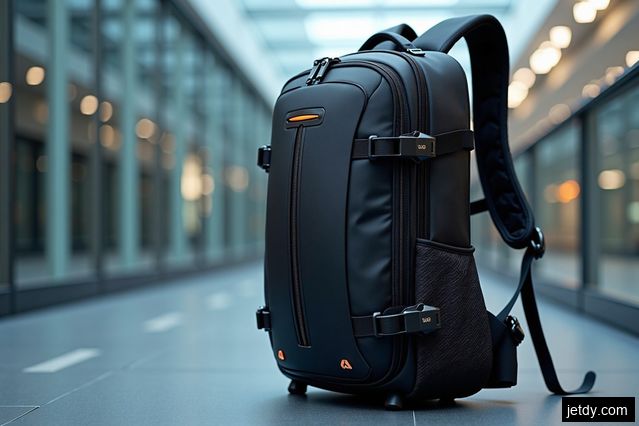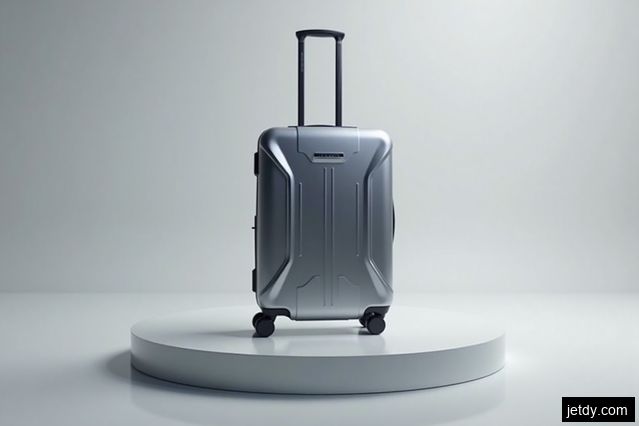The Early Years: Functional but Bulky
In the early days of travel, high-performance gear focused primarily on functionality. Travelers needed gear that could withstand the rigors of long journeys, whether by land, sea, or air. However, these early pieces of gear were often bulky and heavy, making travel inconvenient and cumbersome.
The Rise of Lightweight Materials
As technology advanced, so did the materials used in travel gear. Lightweight fabrics such as nylon and polyester became popular choices, offering durability without the added weight. This innovation allowed travelers to pack more efficiently and comfortably, leading to a shift in the design of travel gear.
The Advent of Versatility
In recent years, high-performance travel gear has taken versatility to a whole new level. Brands now focus on creating gear that can adapt to various travel situations. From convertible backpacks that can be worn as duffel bags to jackets with hidden pockets for storing travel essentials, these advancements have made travel more convenient and efficient.
Smart Features for the Modern Traveler
With the rise of technology, high-performance travel gear now incorporates smart features that cater to the needs of the modern traveler. From built-in charging ports for electronic devices to RFID-blocking pockets for enhanced security, these features ensure that travelers can stay connected and protected while on the go.
The Future of High-Performance Travel Gear
As we look to the future, the evolution of high-performance travel gear shows no signs of slowing down. Innovations such as self-cleaning fabrics, collapsible luggage, and wearable technology are just a few examples of the exciting developments on the horizon. These advancements will continue to transform the way we travel, making it easier, more comfortable, and more enjoyable than ever before.
Sustainable Design for a Greener Future
In addition to technological advancements, the future of high-performance travel gear will also prioritize sustainability. Brands are increasingly incorporating eco-friendly materials and manufacturing processes, reducing their carbon footprint and promoting a greener approach to travel. This shift towards sustainable design ensures that future generations can continue to explore the world without compromising the environment.








